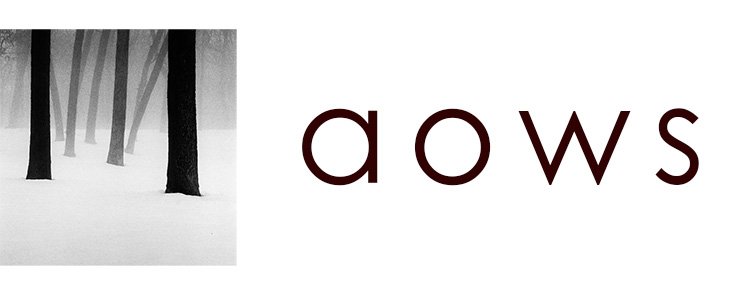Indiana, December 2025.
Road Closed, I
Death Valley, California, November 2025.
From the video Caught in a rainstorm in Death Valley.
Zabriskie, II
Death Valley, California, November 2025.
From the video Caught in a rainstorm in Death Valley.
Caught in a rainstorm in Death Valley
The forecast had some rain for Death Valley National Park, so I immediately booked a campsite. I was hoping for some rare conditions in the park, and I did get some of that. The consequences were a bit unexpected, though.
Columbia Gorge, XXVII
Oregon, October 2025.
From the video How to photograph a waterfall ~ from the Columbia River Gorge.
This lens might finally retire my beloved Tamron 28-200mm
For the last few months, I've been using the Tamron 35-150mm f/2-2.8. It's a wonderful lens, but it comes with serious drawbacks. Will it replace my all-time favorite Tamron 28-200mm f/2.8-5.6?
Bodie Ghost Town
California, November 2025.
From the video Photographing the ancient landscapes of Eastern California.
Frustration is unavoidable in photography
We all feel frustrated about our photography at some point. But the doubs and fears are normal and part of the process. We get to create not because we don't feel them, but despite them.
Tufas of Mono, III
California, November 2025.
From the video Photographing the ancient landscapes of Eastern California.
Eastern Sierra, I
California, November 2025.
Protect the Ancients
California, November 2025.
From the video Photographing the ancient landscapes of Eastern California.
Cloud over Alabama Hills, VII
California, November 2025.
From the video Photographing the ancient landscapes of Eastern California.
Ancient Bristlecone Pine, VIII
California, November 2025.
From the video Photographing the ancient landscapes of Eastern California.
Photographing the ancient landscapes of Eastern California
I visit ancient places in Eastern California, both natural and man-made. Mono Lake, the ghost town of Bodie, Ancient Bristlecone Pine Forest, and the Alabama Hills.
Drowned Forest, VI
Oregon, November 2025.
From the video I took a random exit and found photography heaven.
Curls in the sky, VII
Oregon, October 2025.
From the video I couldn't believe what I found.
Watchtower
Oregon, November 2025.
From the video I took a random exit and found photography heaven.
Drowned Forest, XIII
Oregon, November 2025.
From the video I took a random exit and found photography heaven.
Drowned Forest, XXXIV
Oregon, November 2025.
From the video I took a random exit and found photography heaven.
Drowned Forest, VIII
Oregon, November 2025.
From the video I took a random exit and found photography heaven.






















